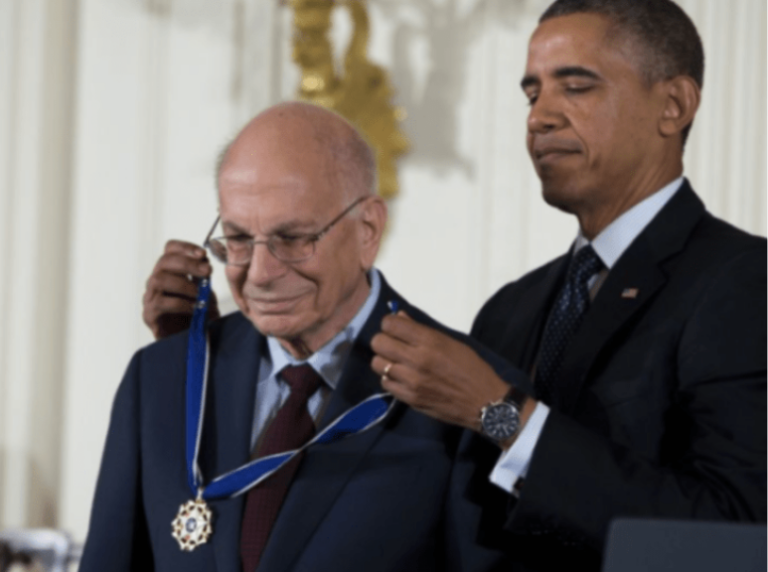“If I am not for myself, who will be for me?
When I am only for myself, what am I?
If not now, when?”
~ Hillel, 1st century Jerusalem sage
The purpose of a Linked Narrative Story is to connect meaningfully with your audience and inspire them to action. The action could be as simple as subscribing to your newsletter, or as profound as changing their careers or joining a risky fight.
Crafting a Linked Narrative Story is a useful template to learn. It provides us with structure to craft a compelling presentation. The process helps us to understand our audience, clarify the values we hold in common, and see how working together will make the world better.
Practicing the delivery of a Linked Narrative Story gives us the chance to improve our speaking skills and receive feedback from ourselves and others. We shouldn’t consider any Linked Narrative script final. Rather, we can revise it as we get feedback, and adapt it to various audiences and situations.
A Linked Narrative Contains Three Parts:
- Story of Self
- Story of Us
- Story of Now
For a 3-5 minute presentation, consider dividing your time equally among your stories of self, us, and now. Most people present in this order: Self → Us → Now. But you may find it makes sense to begin with Now: Now → Self → Us. Or begin and then end with Now. Use whatever order makes the most sense for you.
Story of Self (1-2 min)
- “If I am not for myself, who will be for me?”
- Share moments from your life connected by values you hold dear.
- Create a simulation, so we’re there with you. Have us feel what you felt.
- Begin with a moment early in your life that shaped your values.
- Jump to a moment later on where you face a challenge and are called to apply your values.
- Finally, show how these values are reflected in the life you lead today.
Story of Us (1-2 min)
- “When I am only for myself, what am I?”
- Challenge: An expanded challenge from the Story of Self. Faced together by your audience. Connecting your values to theirs. Focus on imagery over facts.
- Choice: The choices the audience made to overcomes the challenges. The choice they made to be with you, in this room, at this moment. Sacrifices, opportunities, lessons learned, etc.
- Outcome: Example to remind the audience of what they’ve achieved. Their successes in overcoming challenges/realizing dreams/making the world better.
Story of Now (1-2 min)
- Share a clear and urgent challenge to the values discussed. And how you all must act together as a group to protect and advance these values.
- Paint a vision of possible futures: good (if we act) and bad (if we don’t).
- A clear, specific, simple choice your audience must make.
Examples:
- Video: A 7-min clip on sharing and improving a Linked Narrative Story.
- Worksheet: Harvard Kennedy School’s 8-page worksheet on crafting a Linked Narrative Story.
- See also: A Speech to Inspire Action.





